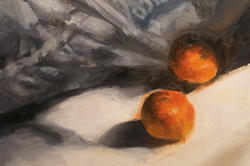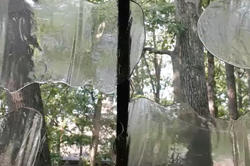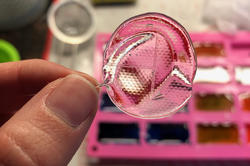Faculty member Claudia Bitran inspires students in her virtual painting class to take risks and mix mediums.
Playing with Light
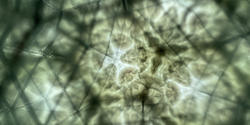
An interdisciplinary group of students in a Glass department Wintersession class called Projection: An Exploration in Light and Optics are cultivating new perspectives and ideas to incorporate into their creative practices. The class is led by Glass department alumna Katie Bullock MFA 16 GL, who designed it as an all-virtual experience encouraging play and experimentation, which she describes as “pivotal to any studio practice.”
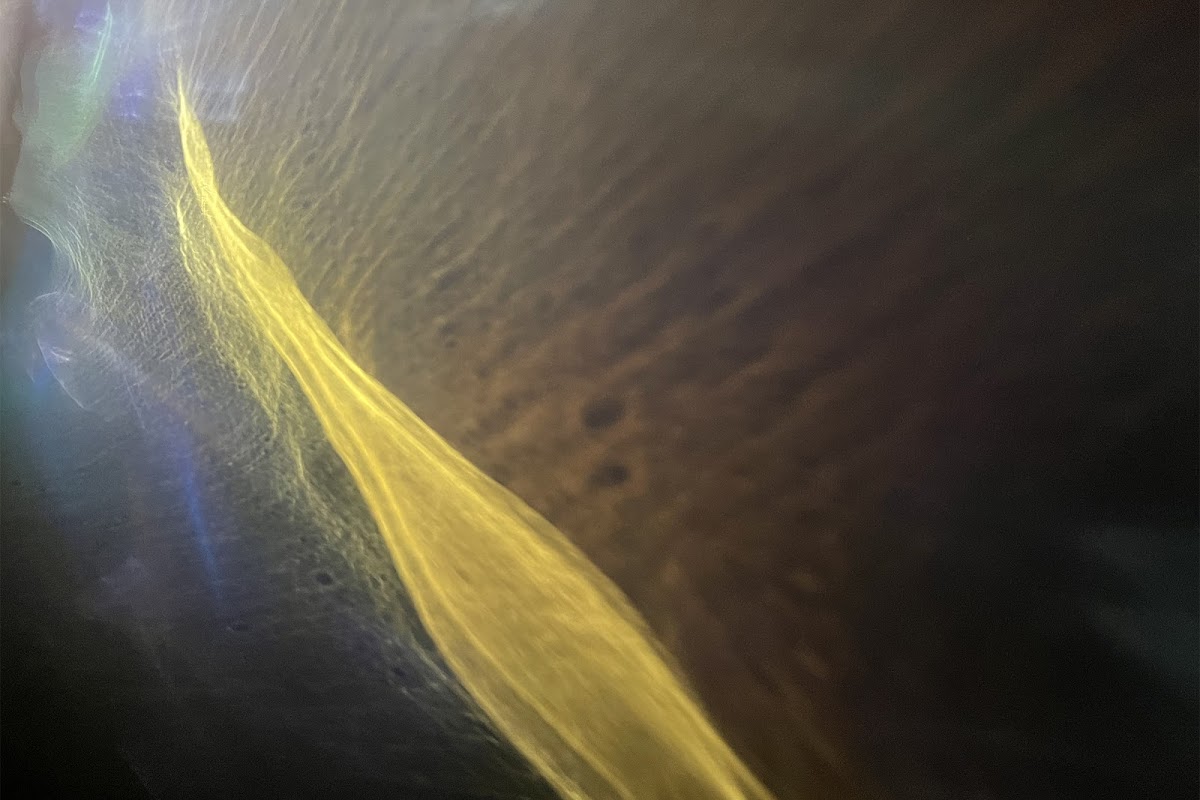
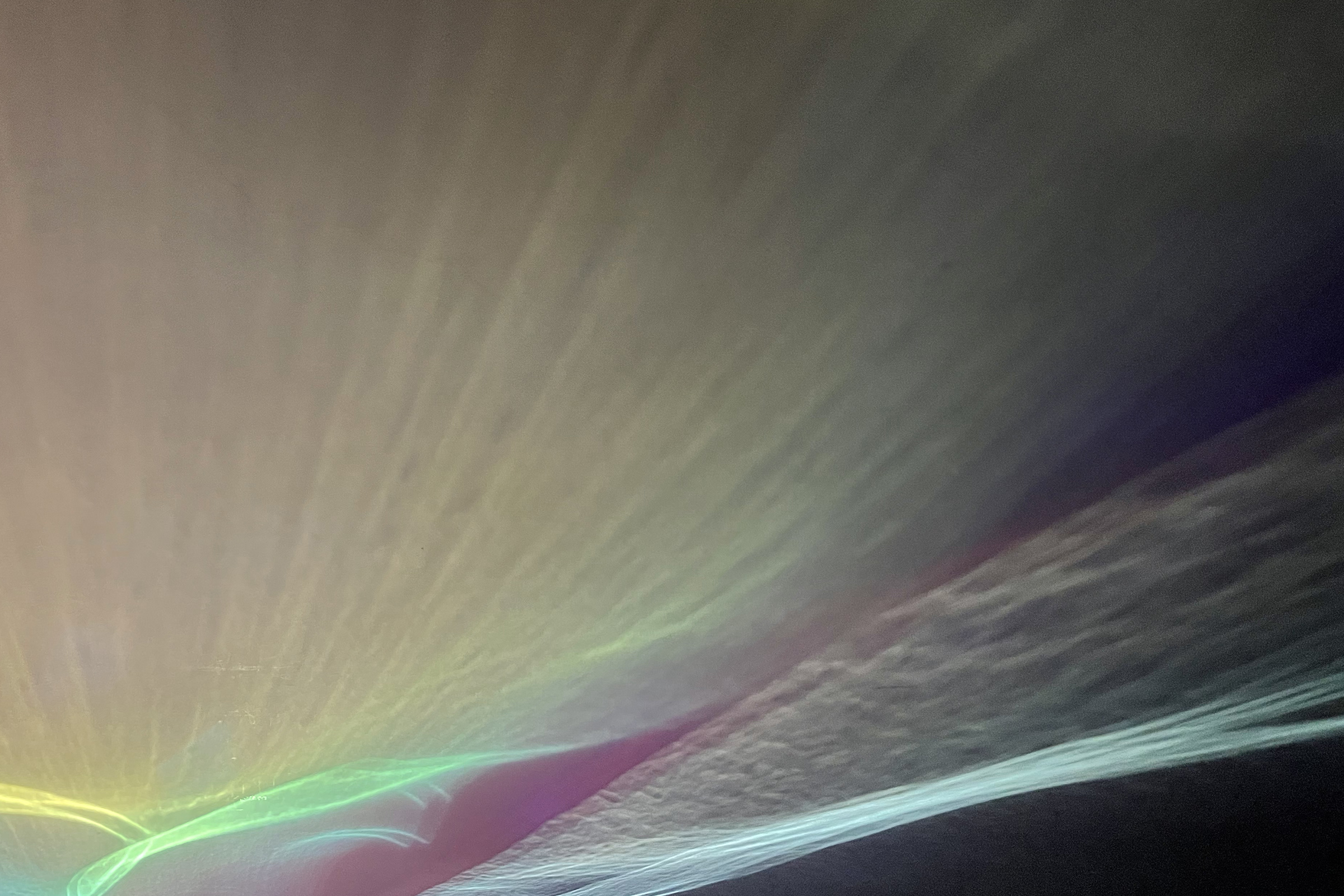
The class focuses on the intersection of art and science, beginning with the study of such precinematic devices as anamorphic cylinders and magic lanterns before moving on to more contemporary work that shares a common theme: subverting expectations. “We surveyed work by a wide range of artists—from well-known people like Nick Cave and Yayoi Kusama to recent RISD alumni—who play with projection, transparency and reflection in order to challenge viewers’ preconceived notions about experience and perception,” Bullock explains.
“The ineffable quality of glass and its effect on light is what makes the material so interesting to work with.”
Students were tasked during the pandemic with mining the everyday in their home-based explorations, which Bullock says “is changing the way they’re seeing things in subtle ways—asking them to stop and take notice of their surroundings.”
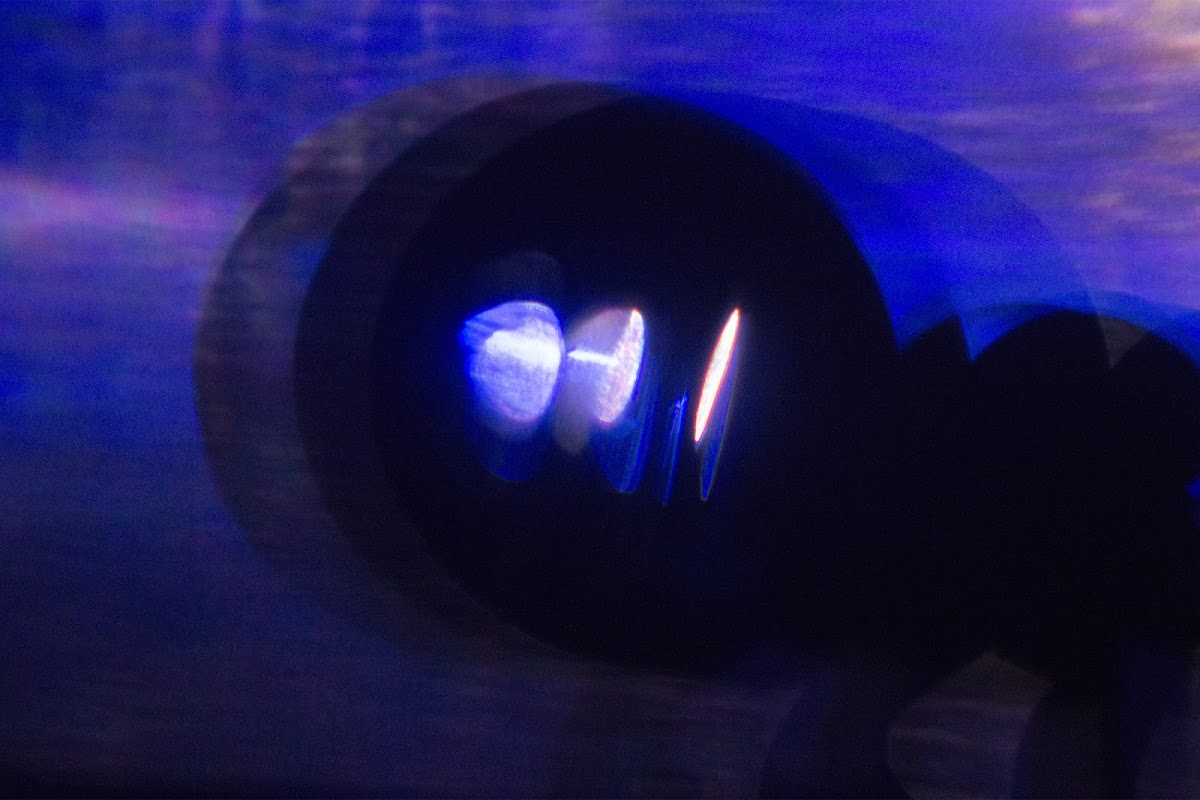
Graduate student Natalie Rizk MArch 22 is focusing on video projection for her final project and teaching herself to use VPT-8 projection-mapping software. “Being virtual is both a blessing and a curse,” she says. “I do miss the studio collaboration, but I think it’s cool how we’re all bringing different things to the table and looking at our environments in new ways.”
As an Architecture student, Rizk has found creative constraints and outside-the-norm angles to be hugely helpful in her practice. “In fact,” she adds, “the opportunity to study different disciplines during Wintersession is one of the reasons I chose RISD.”
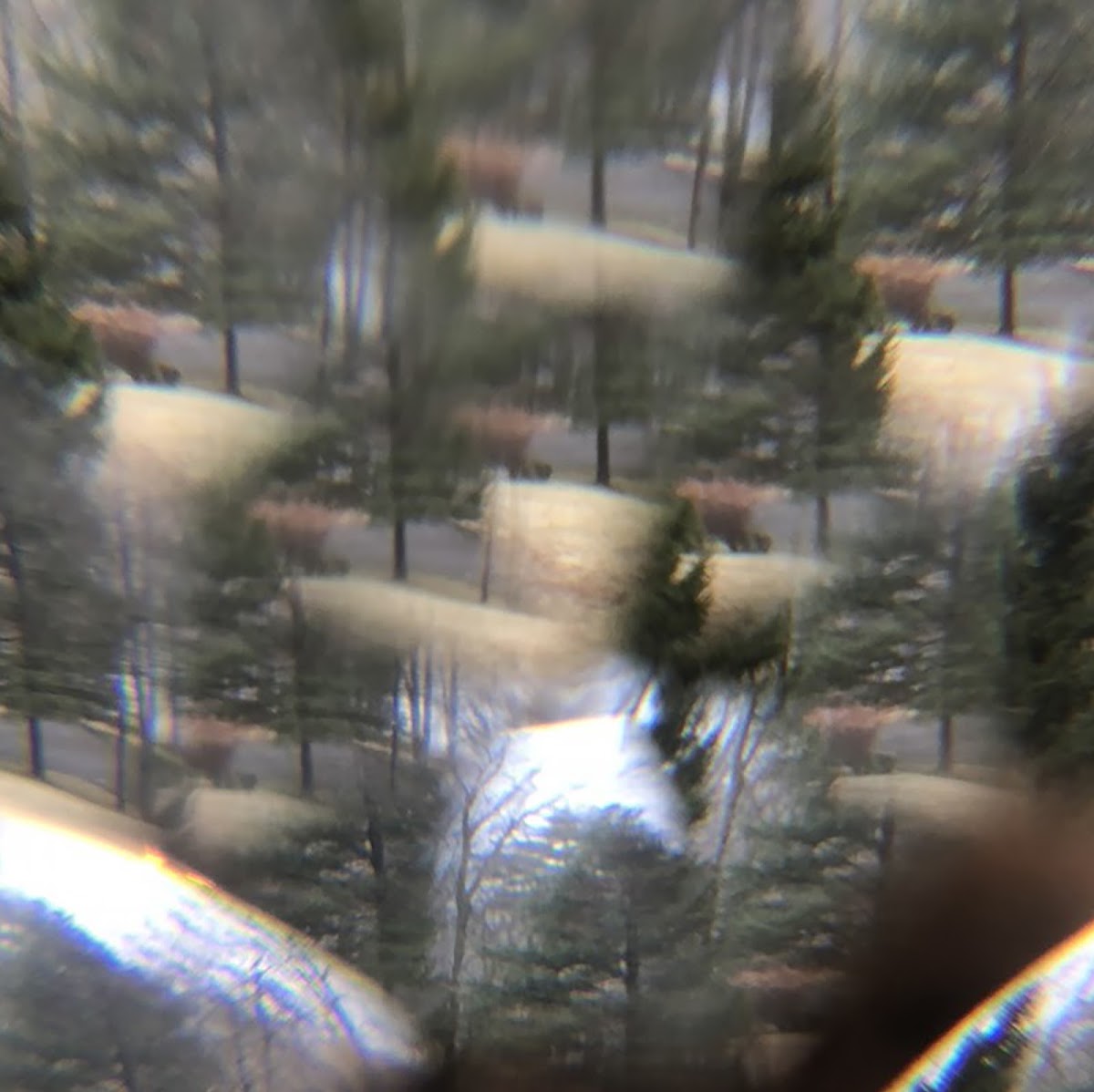
Undergraduate student Jazmyn Babler 23 FAV, a sophomore in Film/Animation/Video, is playing with homemade kaleidoscopes (see video clip, below) and pinhole cameras at her parents’ home in Wisconsin. “A lot of physics goes into the things we’re talking about, but making the tools is surprisingly simple,” she says. “One morning I realized I could make a camera obscura in my laundry room pretty easily because there’s only one window. I was able to create amazing images in about five minutes.”
“A lot of physics goes into the things we’re talking about, but making the tools is surprisingly simple.”
Babler is looking forward to returning to campus this spring and definitely sees herself bringing some of the techniques she’s playing with now into the studio. “I like sci-fi movies,” she says, “and I think it would be really cool to try out some of these ideas with an old movie camera, basically adding analogue special effects while shooting.”
Fellow sophomore Lingyi (Ada) Hu 23 GL—one of the few Glass majors in the class—is experimenting with inexpensive materials like reflective paper, prisms and magnifying glasses and using her iPhone camera to capture the shadows and wild patterns of reflected light she’s creating. “One of my professors said that we’re experiencing the Glass Age now because so many of the things we make depend on glass,” she says, “and I think that’s true.”
But the role of glass in the modern world is often overlooked, in part because of its invisibility. “The ineffable quality of glass and its effect on light is what makes the material so interesting to work with,” says Bullock. “You have to bend it and manipulate it in order to perceive it.”
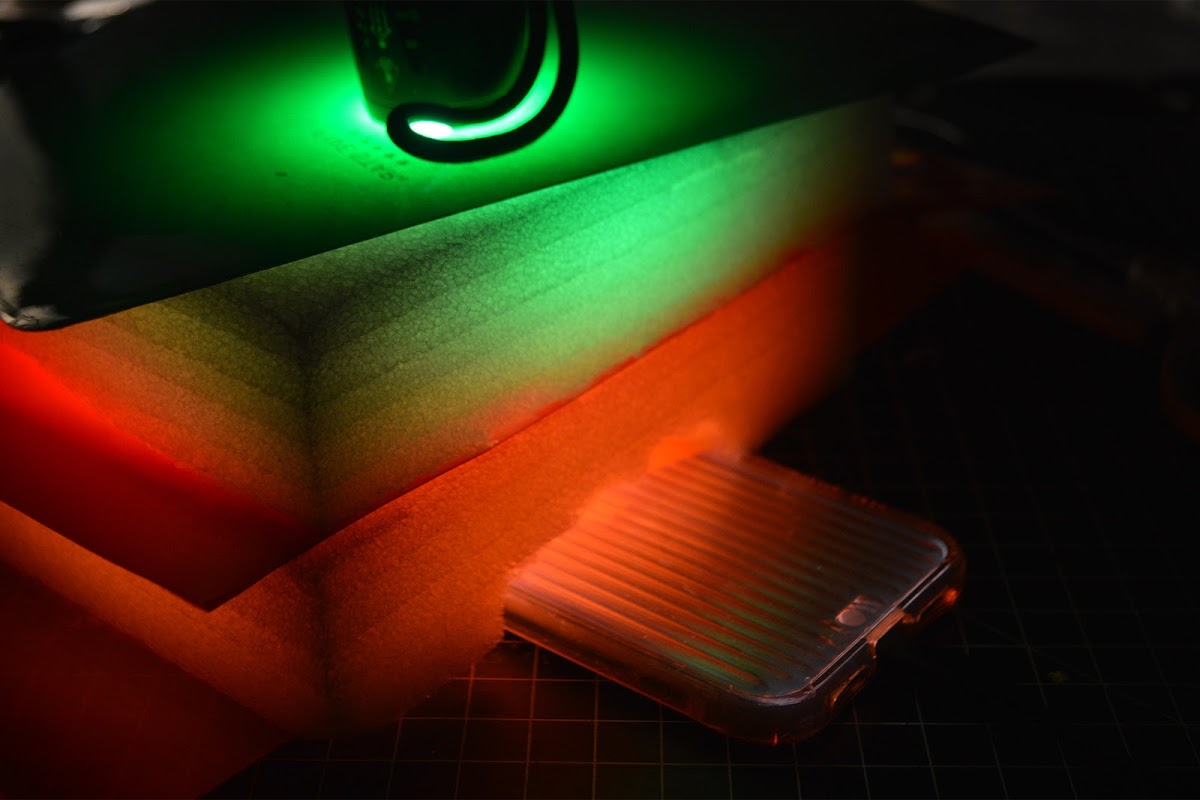
Bullock is astounded by the energy and creativity the students are bringing to the class. “Their work really shows what you can do with limited equipment and materials,” she says. “Creative constraints challenge you to be more flexible and to use the really interesting surprises that come up along the way. I would love for students to walk away from this experience knowing that experimentation and research can factor into their varied practices in surprising ways.”
—Simone Solondz
February 15, 2021
